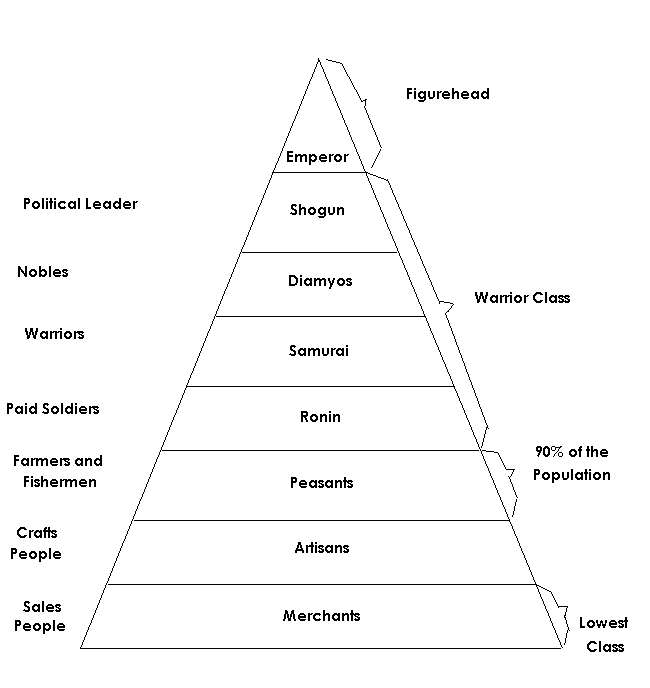The word “social stratification” means a type of social inequality. Every society provides power, poorness, and equality to its members. This is a process of differentiation of this social status. In this system, some people get to the top of the food chain while others fall behind.
In a word, it comes when society judges individuals and organizations. It refers to the division of society into various layers. The members of a layer share a common identity and live similarly.
People in all communities differ from one another based on their age, gender, and personal qualities. Society differentiates human beings based on standards. As a result, society marked men as socially unequal. They differentiate in terms of social reasons such as position, power, and income. We can call this social inequality.
Social stratification concept
It is the division of people in a society into groups. Groups that are based on social-economic quality such as wealth, income, race, etc. In modern Western cultures, we group this in terms of three social classes.
- upper,
- middle, and
- lower
Furthermore, we can construct a social layer based on family, clan, tribe, or caste.
Society classifies people by social layers. If social stratification began with agriculture and large scale it would mean social trade. Inequalities in status among people create the structures of this division. The degree of social inequality says a person’s social layer.

Social stratification definition and principles
In the social sciences, the phrase “social stratification” refers to the relative social standing of people. It comes from the Latin word stratum. It refers to a society’s grouping of its citizens into social and economic tiers. That is based on features such as wealth, money, social standing, occupation, and power.
Social stratification according to sociologists
Marx
We found Karl’s conflict theory on the concept that there are only two kinds of individuals in modern society. These are the bourgeoisie and the proletariat. The Bourgeoisie owns the means of production, such as the factories, enterprises. He called the laborers, the Proletariat.
Marx virtually suggests that the ruling classes are the working class. This is because they can only offer the more powerful their labor power to exist.
Extra classes may form as part of the super structure. These relationships essentially influence a society’s ideals and philosophies. He divided the middle class and the lower class into two classes. He called the underclass, the lower class.
Max Weber
Marx’s views impressed Max. Though later he dismissed the possibility of efficient communism. He claimed that it would require even more harmful social control than capitalism.
Instead, he proposes a three-part classification theory and the concept of life chances. Weber believed that there are more class divides than Marx provided. He created his system by combining principles from both functionalist and Marxist theories.
Weber, who lived half a century after Marx, claimed that there are four primary social classes. The upper class, white-collar workers, and manual laborers. Weber’s theory more closely fits present Western class systems.
Nimkoff
It is the process of ranking persons and groups in a more or less permanent ranking of status.
Lundberg
A classified society is characterized by inequality or imbalance between individuals who are considered “lower” and “upper” by them.
Gisbert
It refers to the partition of society into permanent groupings of categories.
Williams
It refers to the ranking of someone on a scale according to some widely recognized foundation of valuation.
Raymond
It is the division of society into “higher” and “lower” social units.
Melvin
The term “social stratification” refers to the organisation of a social group or society. It divides society into a ranking of unequal positions in terms of power, property, and social rating.
Social stratification types
There are a few types of this, such as
- Caste is a ranking of social groups. Here a person’s birth into a certain group determines his status and duties. Brahmins, Kshatriyas, Vaishyas, and Sudras are examples of castes.
- In today’s culture, social stratification based on class is normal. In this case, someone’s status is determined by success and his ability to use the money to his advantage.
- Another form of this in mediaeval Europe is the estate system. It places a high value on birth as well as money and goods. There was a state for each estate.
- Slavery had a financial justification. Every slave in slavery had a master to whom he was beholden. The master had unrestricted authority over the slave.
Social stratification characteristics
- It is a universal fact of life:
We classified every society on this planet. The classification of modern society varies from that of ancient societies. It’s a global issue.
- It is social:
True, biological characteristics do not indicate richness or poorness. Age, sex, intellect, and strength are often used as criteria for judging statues. Education, wealth, power, and other factors, however, are proven to be more significant than biological characteristics. As a result, the classification is social.
- It is ancient:
This system of classification is an ancient one. We might even find this in the smallest of curious relationships. There were differences between the wealthy and the poor, the humble and the mighty in nearly all ancient civilizations.
- It is in diverse forms:
In all civilizations, there are many types of processes. The general forms of classification in the modern world are class, caste, and estate. In India, there is a unique sort of social classification known as caste. As a result, every civilization, great or little, past or present, is defined by various kinds of social stratification.
Social Stratification and Politics
We can identify the primary factors in the battle for power by examining a society’s economic classification. This belief has dominated recent studies of political power.
A set of more or less silent assumptions back up this view. Men’s social and economic standing influence their thoughts and behaviors. When a large group of people have the same social status, they are likely to think and act similarly. They are likely to share social and economic interests that are promoted through a political organisation. As a result, the study of politics should focus on the social makeup of people. Especially of the members and leaders of various political groups.
Social stratification and mobility
Social mobility refers to the capacity to shift positions within a social stratification system. It occurs when people’s economic situation improves or falls in a way that impacts their social class.
Several reasons can cause someone to experience upward or downward social mobility. Before becoming a great novelist, Stephen King worked as a caretaker. Before becoming a leading media figure, Oprah Winfrey grew up in poverty in rural Mississippi. Many stories exist of people who rose from humble beginnings to fame and wealth. Although, the number of persons that climb up from poverty to riches is quite tiny in comparison to the entire population.
However, upward mobility does not always mean being wealthy or renowned. People in the United States can advance socially through earning a college diploma or getting a work advancement. Marrying someone with a decent salary will also work. Downward mobility, on the other hand, denotes a drop in one’s social standing. Some people experience a downward spiral as a result of company failures, unemployment, or sickness. Dropping out of school, losing a job, or getting divorced can all result in a loss of status. As a result, loss of social mobility.
Social stratification and inequality
Social inequality is the situation of unequal distribution of valuable items and opportunities. Today’s cultures all have social injustice. The majority of us associate classification with economic imbalance. We may compare salaries in the United States to wages in Mexico, for example. However, social inequality is equally as damaging as economic disparity.
Social stratification and gender inequality
Another worldwide issue is gender inequality. Take, for example, the debate over female circumcision (also known as FGM). Nations that support this practice say that it is a long-standing cultural custom among specific tribes. Western countries, on the other hand, criticize the practice and are trying to uncover and end it.
Around the world, there are inequalities based on sexual orientation and gender identity. Individuals who do not comply with established gender norms or sexual orientations face a variety of crimes, according to Amnesty International. The atrocities range from culturally sanctioned rape to state-sanctioned killings.
Social Stratification and Education
Education has had a significant role in contributing to and replicating stratification, as well as opposing it. Thus, it has been strongly associated with social class in its many meanings. It rags from income groups to class as access to means of production. We will discuss the rural and urban Indian class structures. Power and authority have contributed to societal classification in their own right.
However, educational qualification and merit have shaped and challenged inequality in different ways. Inequalities in education have taken on new dimensions as a result of status groups, caste, and community. Thus, the basic features of the Indian caste system, as well as the processes of change within it, will be discussed. Gendering, as against sex difference, has had a significant impact on social and educational inequalities. Its origins and changes across various types of cultures, as well as its educational importance, would be discussed. It would underline the difference between social mobility and social transformation.



